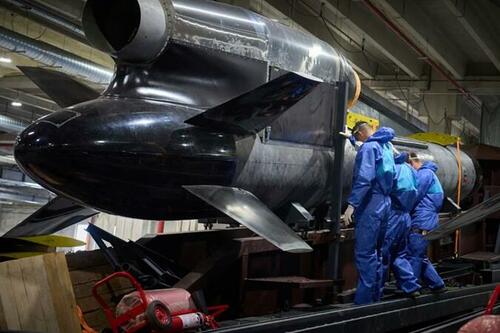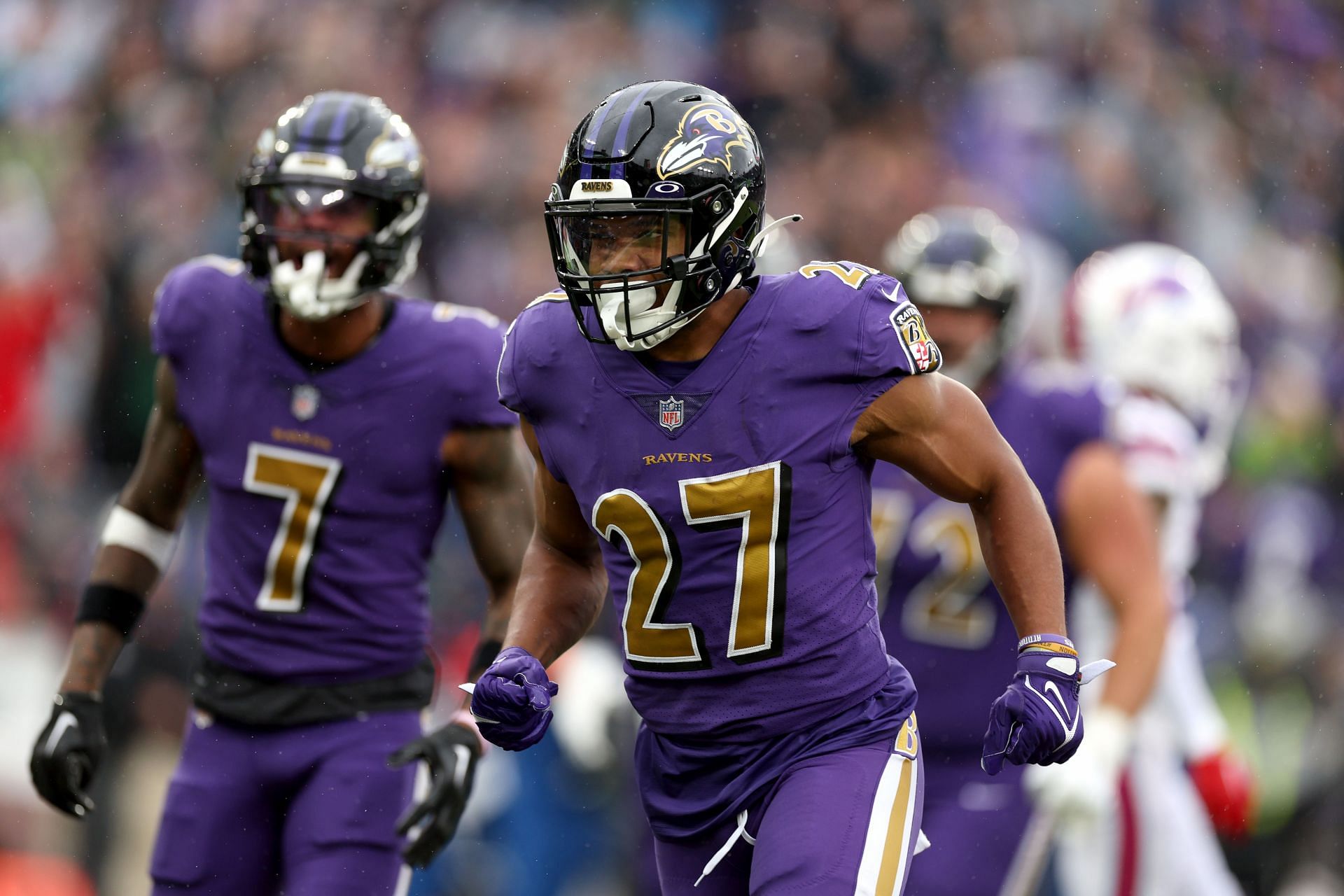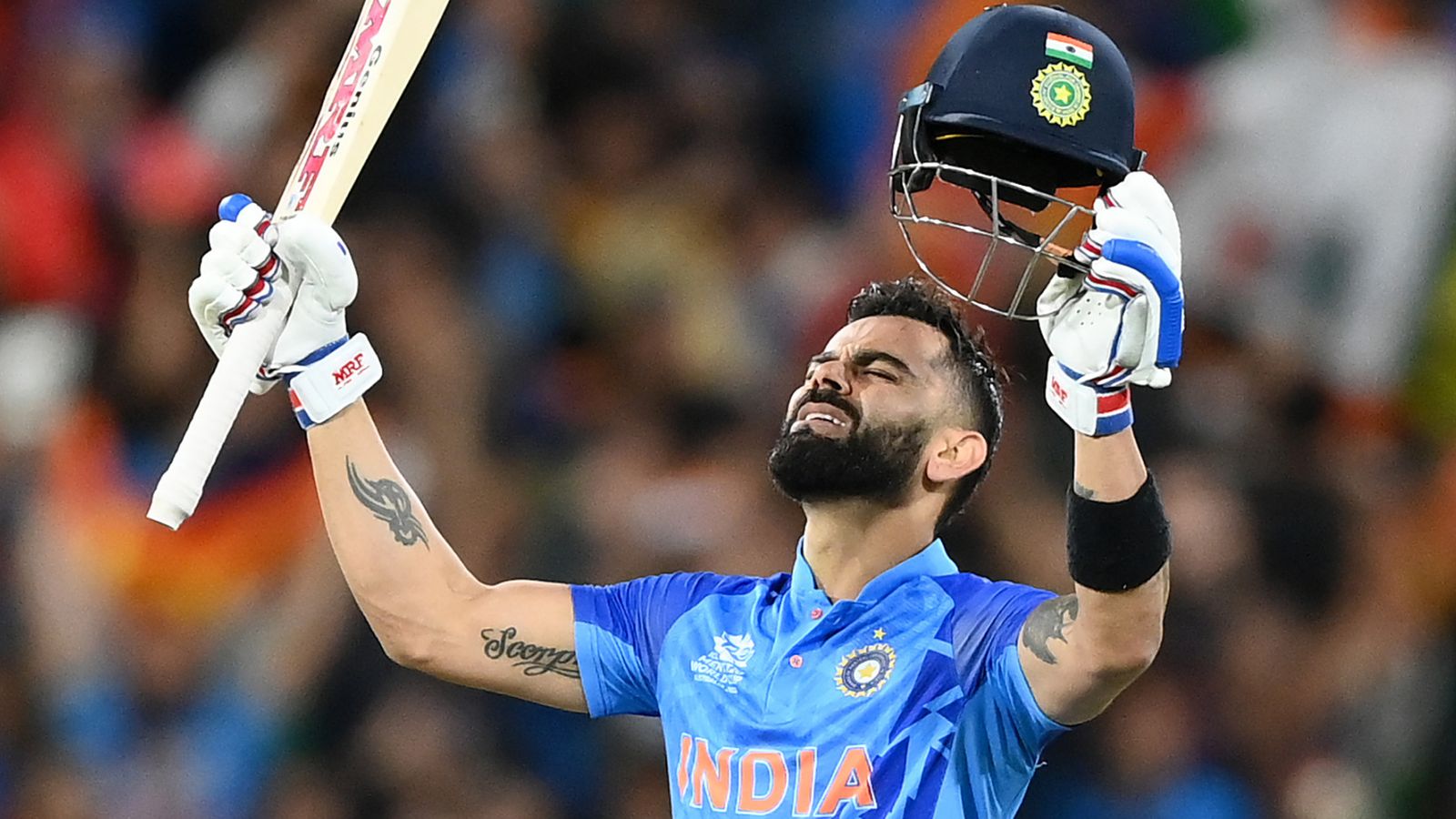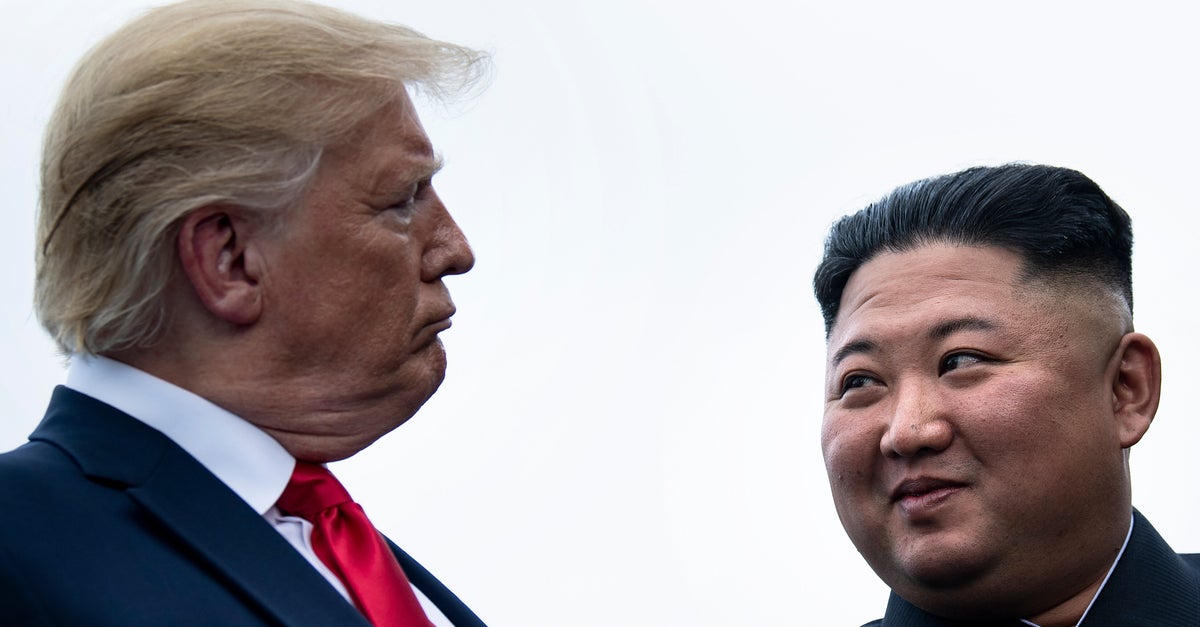
After Tua Tagovailoa displayed concussion-like symptoms for a second time in a five-day span, with one confirmed concussion on Thursday after the Dolphin quarterback’s head bounced off the Cincinnati turf following a vicious second-quarter sack, Chris Nowinski, the co-founder, and CEO of the Concussion Legacy Foundation, thinks Tagovailoa shouldn’t play again this season.
This comes after Dolphins head coach Mike McDaniel told reporters following his team’s loss that Tagovailoa suffered a concussion and nothing “more serious,” downplaying the severity of his quarterback’s injury. However, today McDaniel said he wouldn’t have played Tua if he thought he was endangering his quarterback.
Tagovailoa entered concussion protocols in the first quarter of last week’s game against Buffalo, but was diagnosed with a back injury and cleared the NFL’s concussion protocols to return in the second half. Nowinski, who earned his doctorate in Behavioral Neuroscience from Boston University School of Medicine, called B.S. on the determination immediately, noting that Tua was “showing five blatant concussion signs” prior to staring down Buffalo’s defense again. Nowinski sounded the alarm before Thursday’s kickoff against the Bengals, stating how Tua was rolling the dice with his health by playing. And the worst-case scenario happened at the hands of Cincinnati’s Josh Tupou, who threw Tua to the turf.
“There’s almost no doubt he’s had two concussions now four days apart, which can be career-ending,” Nowinski told Deadspin Friday morning by phone while participating in The National Academies of Sciences, Engineering, and Medicine’s Forum on Traumatic Brain Injury, held in Washington D.C. “Three concussions in a season is rolling the dice with his future. If it was me, knowing what I’ve been through, and knowing how young and promising he is, he’s not back on the field this season. The Dolphins screwed up. And unfortunately, Tua’s the one that’s going to be punished somehow.”

Nowinski, who serves on the NFL Players Association Mackey-White Health & Safety Committee, has become a prominent voice on the effects of head injuries and CTE in sports after suffering two concussions within a month while performing for WWE. Concussions he was not honest about two decades ago. His promising in-ring career came to a screeching halt and he’s “never been the same.” No one’s told him what is exactly wrong with his brain, why he developed a sleep disorder, why he got nauseous while working out for 15 years, or why he’s had severe headaches. It’s not confirmed but all signs point to his professional wrestling head injuries being the cause. Nowinski retired from the squared circle at 24. That’s coincidentally Tagovailoa’s exact age.
“Your brain essentially goes through metabolic and chemical changes that take at least a week and usually multiple weeks or months to get back to normal,” Nowinski, a Harvard grad, told Deadspin. “And if you have this energy crisis before your brain has recovered, you’re going to take brain cells that were recovering and permanently kill them. So we’re talking about permanent brain damage. And that could mean a longer recovery or chronic symptoms that prevent him from being able to play.”
The comprehensiveness of the NFL’s concussion protocols has come into question due to Tagovailoa returning in Sunday’s game and playing again Thursday night, with the NFLPA initiating an investigation into how and why he was cleared to play. Those head-injury parameters are in place to ensure an incident like Tua’s head smacking against the turf and going limp, five days after getting rattled against Buffalo, doesn’t happen. The NFL’s transparency of what went wrong and how their system needs an overhaul becomes one of the biggest storylines of the season. Miami goes from one of two undefeated teams with a future star behind center to clouded in doubt, all from an avoidable scenario where Tagovailoa’s health gets prioritized. This is an ongoing calamity, despite ESPN’s report that Tua’s “in good spirits” after flying back with the team post-discharge from a Cincinnati hospital.
“I don’t understand why (Miami) would risk his career unless they didn’t like him as a person or something,” Nowinski added of Tua. “No amount of money can make up for brain damage. That’s the reality we need to realize. I don’t care what the NFL fines the Dolphins or care what comes of this financially. The punishment should be enormous and no one ever does this again with another human being.”
Tua’s concussion, carting off, escort to a local hospital, medical evaluation, discharge, and convoy to make the Dolphins’ flight back to Miami took a few hours. Tagovailoa wore a neck brace on the flight but even the smoothest plane ride includes air pressure at 30,000-plus feet above ground and bouts of turbulence. Sitting in the restraints of the cabin for takeoff without sleeping was outright dangerous.
“Some people find that flying makes their symptoms worse,” the Sunnybrook Health Sciences Centre in Ontario, Canada stated regarding air travel with concussion symptoms. “To prevent problems, make sure you are well rested before going on a plane and sleep during the flight if you can.”
Having a team official drive Tua from Cincinnati to Miami would’ve been much better and even safer after a full night’s rest with team doctors monitoring Tagovailoa’s condition. It’s a near 17-hour drive, but the Dolphins don’t play again until Oct. 9 against the Jets.
NFL Players Association executive director DeMaurice Smith texted Andrew Whitworth and Richard Sherman, both part of Amazon’s Thursday Night Football’s coverage, the following: “We insisted on these rules to avoid exactly this scenario. We will pursue every legal option, including making referrals against the doctors to licensing agencies and the team that is obligated to keep our players safe.”
At the forum, Nowinski was surrounded by experts trying to help the public figure out treatment for traumatic head injuries. One of the factors is complete transparency on how serious concussions and CTE are.
“Unfortunately, the Miami Dolphins and the NFL are giving us the platform to remind people your brain is fragile, brain injuries can have permanent consequences, we both need to do what we can to prevent them, and we especially need to do what we can to prevent repeat injuries and let brains recover,” Nowinski said.
To improve the NFL’s concussion testing and protocols, Nowinski doesn’t advocate for any automatic medical suspension after head injuries out of fear of increased incentives to not report concussions in the first place. He believes the NFL’s focus should be on training team doctors more efficiently and creating a culture where they’re erring on the side of caution. Nowinski also pointed out that the NFL supported the Centers for Disease Control and Prevention concussion-prevention phrase of “When in doubt, sit them out!” Instead, the NFL better followed guidelines from George Orwell’s 1984: “The Party told you to reject the evidence of your eyes and ears. It was their final, most essential command.” Looking at Tagovailoa on Sunday, no matter how you diagnose his injury, throwing him back into the fire on Thursday was a tremendous mistake.
















